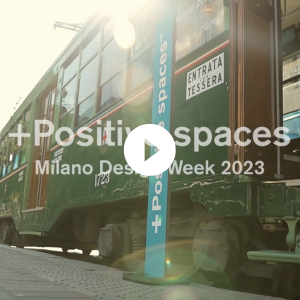The neuroscientist Vittorio Gallese talks about “mirror neurons” and explains to the architects that form follows emotion, not function!
“Actually, there is nothing new in neuroscience; they used to write about space empathy over one-hundred years ago within the aesthetic debate”,
explains the neuroscientist Vittorio Gallese, discoverer of “mirror neurons” together with the team directed by Giacomo Rizzolatti at Università di Parma.
Obviously the concept of Empathy is no longer used in its “romantic” meaning, we are in a theoretical frame tackling the relation between brain, body and objects.
Some lab trials show special activities of neurons proving that Action, Perception and Cognizance don’t belong to different worlds. The “Mirror Neurons resonate”, thus activating the neurons of the motor system allowing to forestall a movement.
In man, too, if put into an architectural space, “rationality separate from emotiveness cannot prevail”. So, when planning a room we should consider that man experiences in all its corporality, in movements and emotiveness. In short, a synaesthetic approach, as already investigated by Harry Francis Mallgrave in his “Architecture and Embodiment”.
With dozens of intriguing examples, Gallese helps to understand the complexity of this world by proving that emotions give sense to actions.
“Gut Feeling”, is a not too elegant yet effective term to define it. Then he investigates the theme of space empathy in the field of architecture for working environments.
“We must leave the concept of standardization behind and base ourselves on the individual differences more and more.”
Text by Renata Sias, editor WOW! Webmagazine.
















